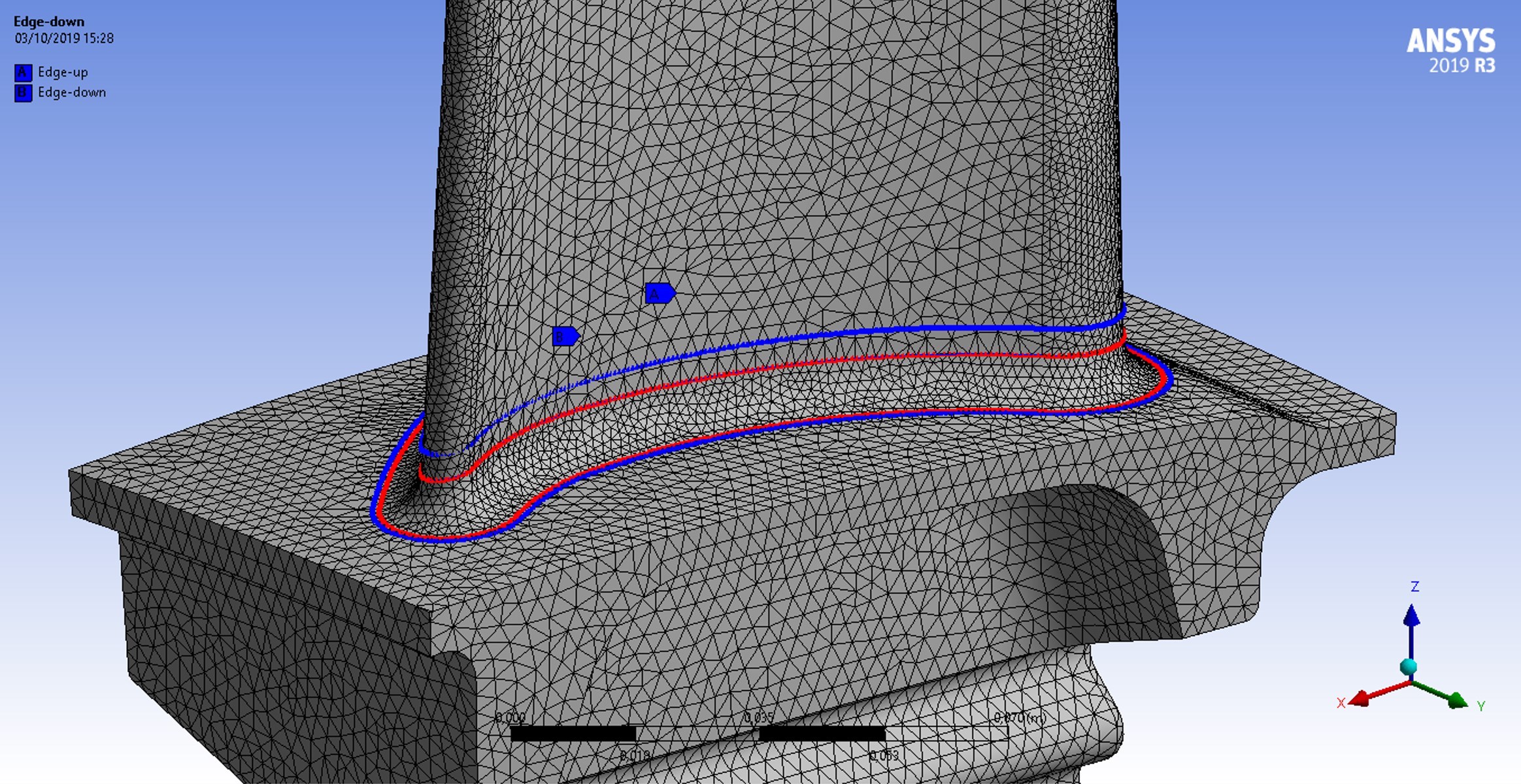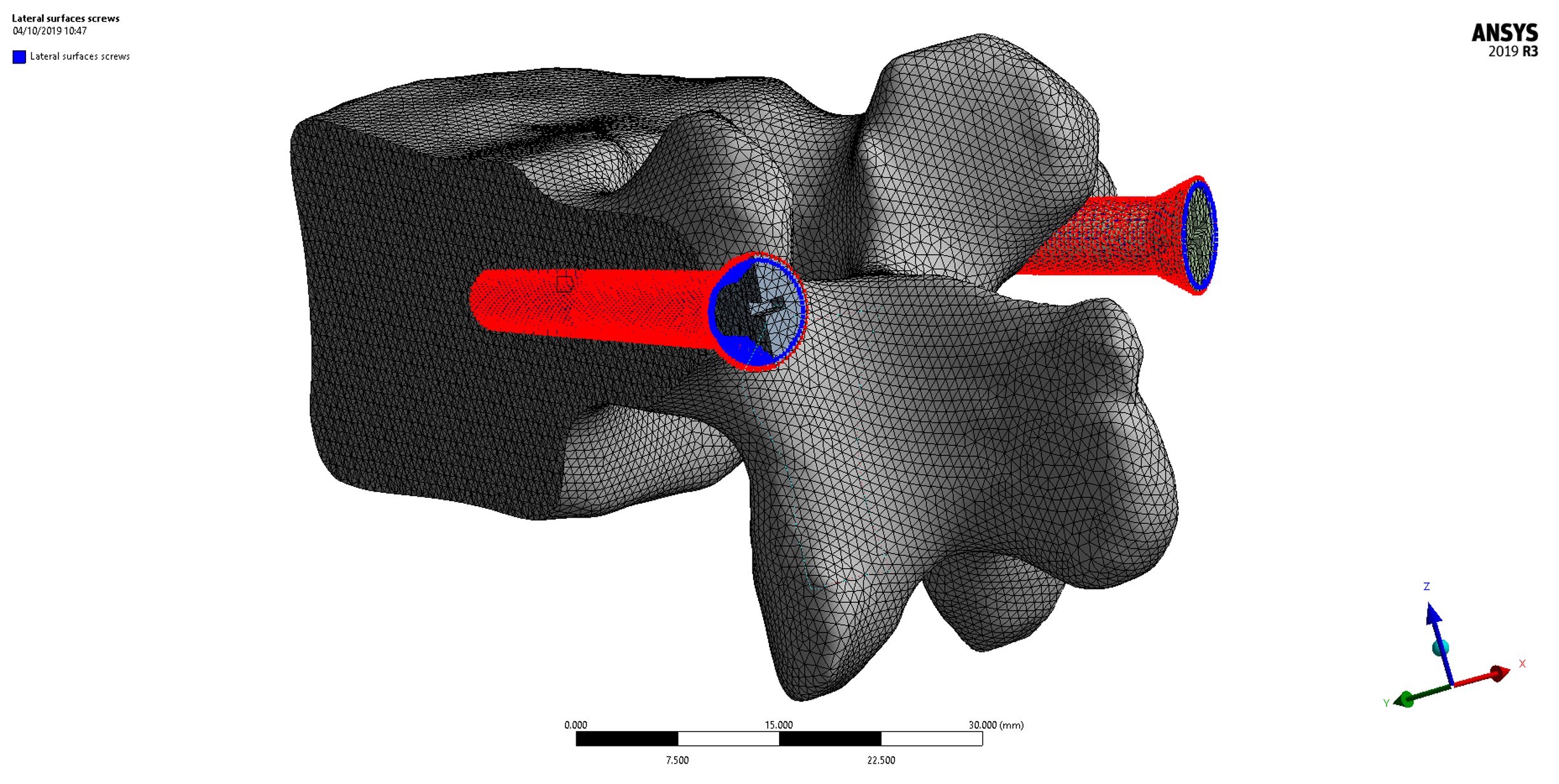RBF Morph: Real-Time Design Data Feedback for the Digital Twin
Embedded in the ANSYS engineering suite, the mesh morphing tool helps rapidly predict the outcome of design changes.

RINA uses RBF Morph to explore the design space for turbine blades more quickly. Image Courtesy of RINA
Latest News
November 19, 2019
Increased use of simulation and continuous iteration are the hallmarks of a modern engineering workflow that promotes the design of intelligent and highly complex products. A key behind-the-scenes player enabling real-time design data feedback, including the development of digital twins, is RBF Morph, technology embedded in the newly-released R3 version of ANSYS’ engineering suite.
RBF Morph, based on radial basis functions and also offered as a standalone product, delivers advanced mesh morphing capabilities used to rapidly predict the outcomes of design changes. Mesh morphing accomplishes those goals through the use of reduced-order modeling (ROM), a mathematical technique for carrying out more accurate and time efficient physics-based analysis of product performance compared to traditional methods.
RBF Morph, offered as part of ANSYS Mechanical and ANSYS Fluent CFD capabilities for years, is now being embedded in the ANSYS Twin Builder systems design tool as an efficient way to power real-time 3D simulation through its ability to efficiently create an approximation of a model using ROM techniques. “Our mesh morphing technology provides a fast method of updating the shape of a CAE model without the burden of making a CAE model from scratch,” explains Marco Biancolini, RBF Morph founder and CTO.
That same technology provides more flexibility for creating digital twins, which by nature are extreme, high-fidelity models. Without constant access to copious amounts of high performance computing (HPC) horsepower, it is next to impossible to accommodate the real-time changes necessary for building and iterating digital twins of complex products. “With our technology, you can take a high-fidelity CAE simulation and turn it into a compact, lightweight, portable reduced model that provides the same level of details as the full one,” Biancolini says, explaining that it is RBF Morph’s mesh morphing capabilities that enable a digital twin with moving parts. “It’s a way to move simulation and design from the first stage of creating the asset into something that’s alive and interactive over the life of the component or product itself.”
Consider RINA, a provider of engineering services, which has partnered with RBF Morph to offer digital twin-based workflows for product development. In one example on a turbine blade project, RINA leveraged RBF Morph in conjunction with ANSYS Mechanical to predict how redesigns would affect the blade’s structural response and aerodynamics. Instead of having to recreate a new geometry, mesh, and simulation for every subsequent design iteration, the software combination enabled exploration of the blade’s design space more efficiently. “This RBF Morph/ROM shape-parametrization methodology used by RINA to optimize turbine blade designs enables the `squeezing’ of high-fidelity CAE simulations into real-time digital twins,” Biancolini explains. “When integrated via IIoT, the technology is ultimately intended to support field-equipment maintenance—tracking performance and predicting or detecting worn parts in need of repair or redesign.”
In a medical application, SPINNER, a European Community-funded doctoral training program aimed at bioengineering researchers, leveraged the mesh morphing technology to explore different vertebral screws and their impact on mechanical stability of bone. “By modeling digital twins of individual vertebras and screws that have different geometries, we can rapidly perform simulations to identify which relationships between different parameters will lead to surgical success for a particular patient,” explains Marco Sensale, a SPINNER Ph.D. candidate who used RBF Morph as part of his sensitivity analysis.

Using RBF Morph technology, the SPINNER bioengineer explores the impact of vertebral screws on bone stability. Image Courtesy of SPINNER
For a more detailed explanation of how RBF Morph works, check out this video.
More Ansys Coverage
Subscribe to our FREE magazine, FREE email newsletters or both!
Latest News
About the Author
Beth Stackpole is a contributing editor to Digital Engineering. Send e-mail about this article to [email protected].
Follow DE





